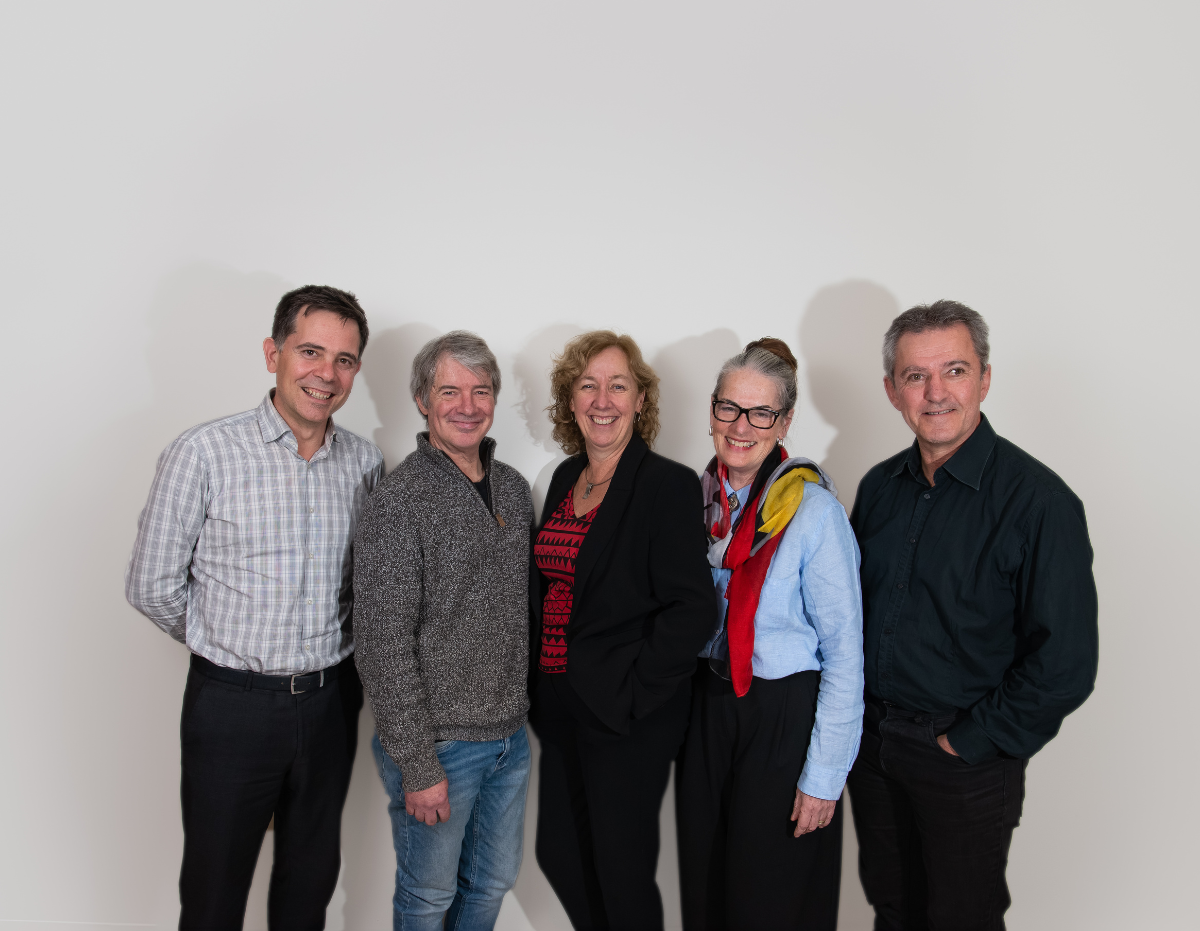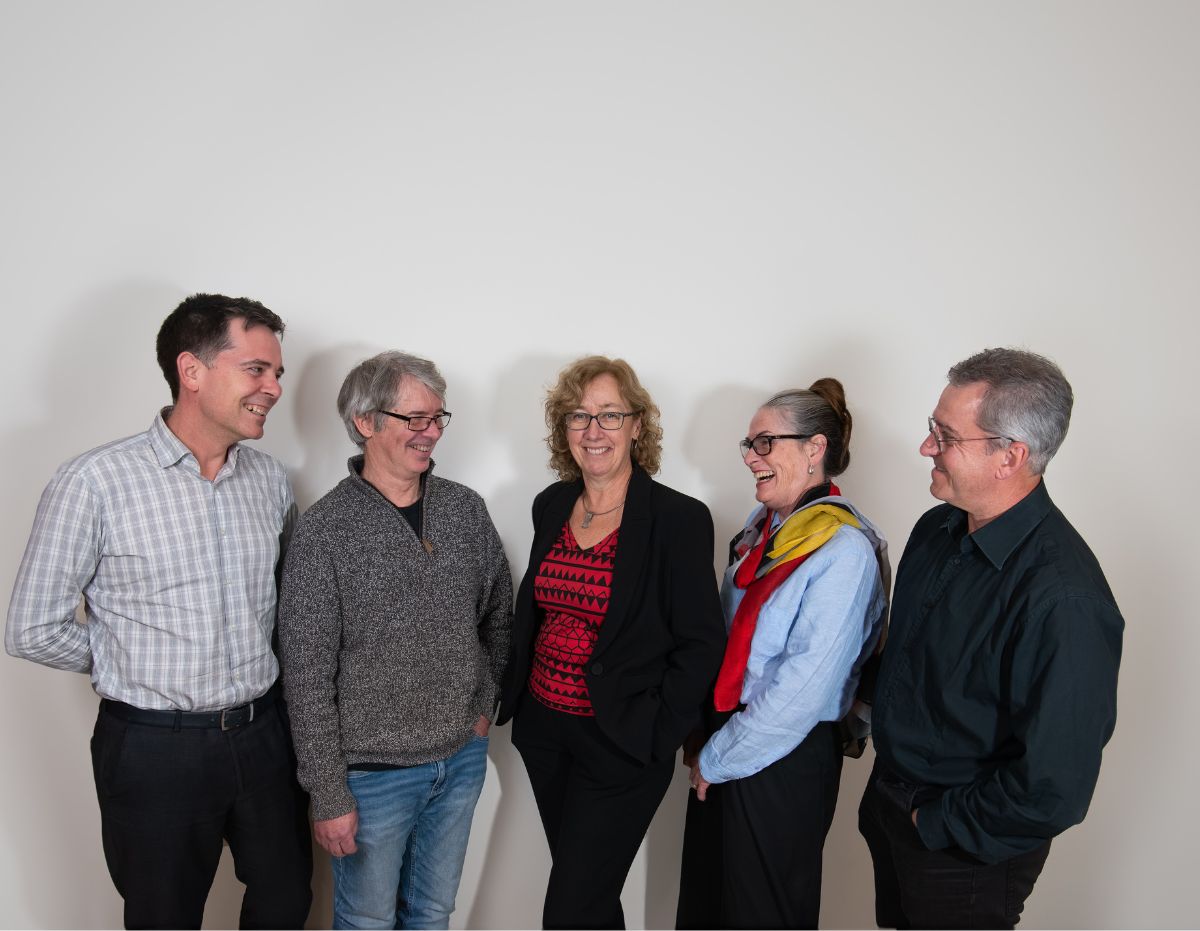The Art of Giving Yourself Permission to Think
Introduction: A Leader’s Guilt
It’s an all-too-familiar refrain from leaders – they simply don’t have the time to pause and think. Oddly enough, this essential act often carries a heavy burden of guilt.
We’ve had some leaders in our COE program go as far as to request us block out half-days in their calendars, to give them “permission” to dedicate time to work on their business – and I’m not talking newly crowned team leaders. So the problem runs deep. If you don’t LOOK busy, you mustn’t be effective!
The Deep-Rooted Causes: A Closer Look
A deeper dive into this phenomenon reveals a few common threads:
- The belief that leaders must always be entrenched in the day-to-day grind alongside their teams.
- A pervasive notion that leaders must be visibly “doing” something to prove their worth.
- A sense of obligation to be perpetually available, with everyone else’s needs taking precedence.
- Tactical activity feels comfortable
Digging Deeper: Uncovering Critical Issues
As we delve further, we uncover more critical issues such as:
- Single points of dependency within the team.
- A lack of a second-in-charge (2IC).
- The team is overly reliant on the leader.
- A lack of operation acumen leaving the leader stuck in tactical short term work.
The Impending Consequences: Stress, Disengagement, and Business Impact
The consequences of this guilt-driven mentality are substantial. Leaders and their managers fail to learn from the past, they grapple with mounting stress and pressure, team members will lose engagement, and, ultimately, business performance will suffer. But it doesn’t have to unfold this way.
Crafting a New Cadence: The Operating Rhythm
Regaining control over one’s time is achievable through the development of consistent habits, much like individuals starting a new exercise regimen. By establishing a dependable operating rhythm, you can begin to reclaim your precious time. Tracking your time expenditure over a week can serve as a foundational step in shaping your ideal operating rhythm, understanding that there’s no one-size-fits-all solution.
Building Reserves: The Bench Strength Strategy
Quickly draft and put into action a second-in-charge (2IC) plan – possibly even multiple 2ICs, considering the various facets requiring delegation. This presents an excellent coaching opportunity.
Breaking Free: Reducing Single Point Dependencies
Take decisive steps to eliminate single point dependencies, even if it takes time to pinpoint them and determine the best resolution – whether that’s through people, processes, or a combination of both. Study where things go wrong and ask ‘why’ several times.
Mastering Your Clock: Effective Time Management
A wealth of resources is available on the subject of time management, but the key takeaway is to establish and safeguard your thinking time. Determine when you’re most productive, whether it’s in the morning or afternoon, and align your thinking time accordingly. Make sure both your manager and team are aware of your plan and respect it.
Seizing Control: Carving Out Thinking Time
Seize ownership of your time by activating an out-of-office message, disabling email notifications, silencing Microsoft Teams, redirecting your mobile, muting notifications, and powering down social media. The sky won’t come crashing down – most “urgent” matters can afford to wait a few hours.
Conclusion: Embrace the Discipline of Leadership
Leadership is often a high-stress role, but with discipline, organisation, and planning, it can become far more manageable and effective. Grant yourself this invaluable permission to think, facilitated by a consistent operating rhythm, a robust team bench, and astute time management. Embrace the principles of Plan-Do-Study-Adjust, as rarely does perfection come on the first attempt. Study your progress and adjust as needed.
Explore the Transformation
Our COE graduates have discovered the life-changing potential of these practices. Join them on this transformative journey, get all your questions answered here.












